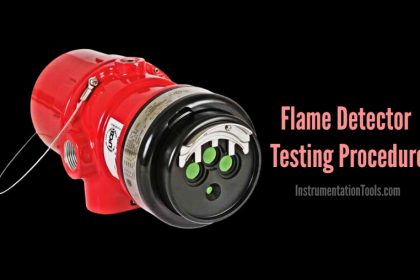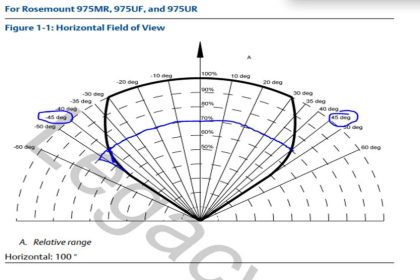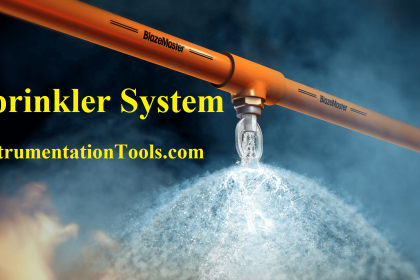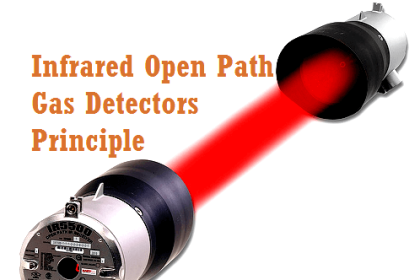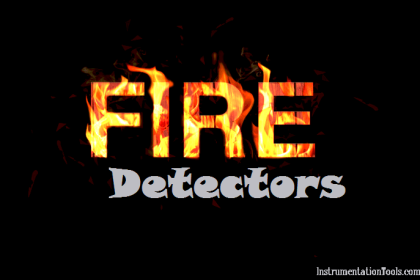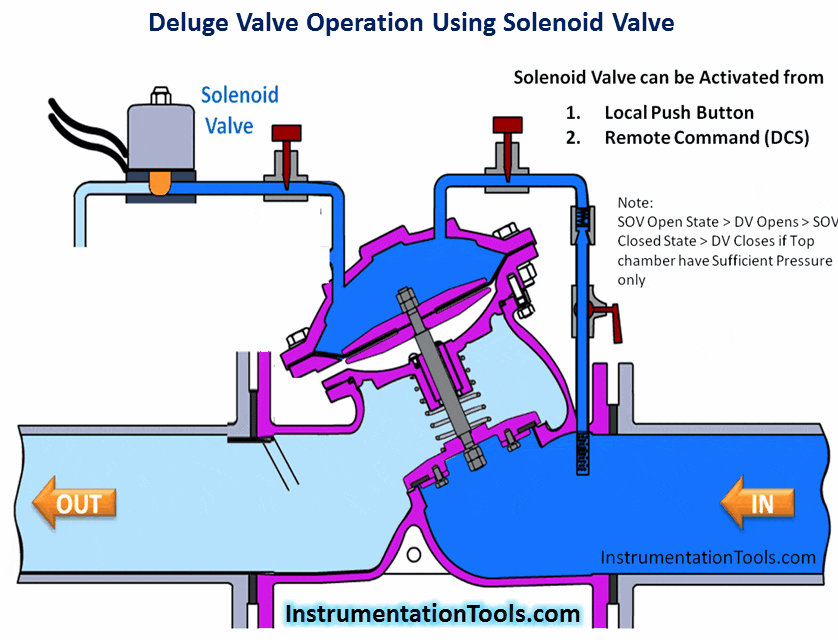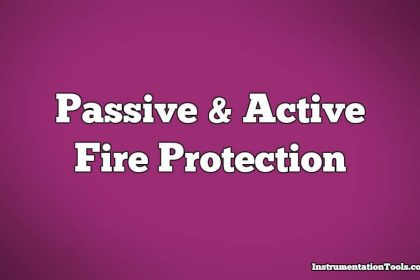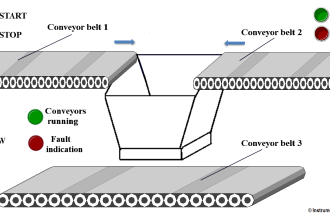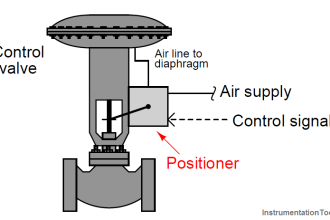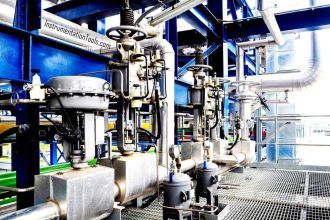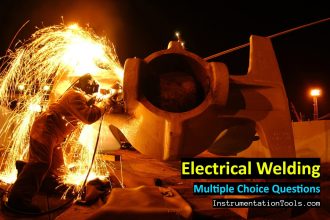Fire Fighting Hydrant Systems are the most commonly used systems, in many residential and industrial projects. If you have ever seen a “Red” colour pipe, circulating around a building or factory, you have seen a Fire Hydrant Pipe. In most news clippings about a fire, you can see a fireman shooting water up to 8stories high or more, that fire man is using the Fire Hydrant System. Such is the power of the Fire Hydrant System that water can be shot right up to 8 floor, directly into the fire.
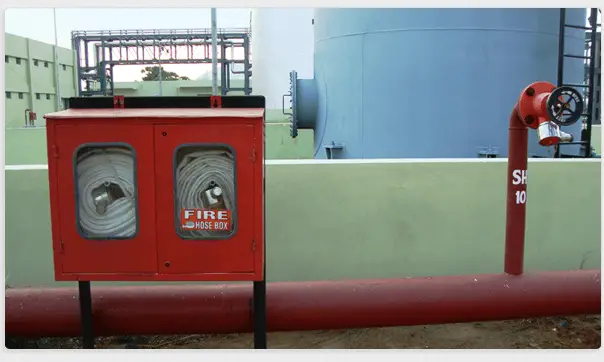
Is it always necessary to provide Fire Protection with Fire Hydrant Systems?
Fire Hydrant Systems forms the basis, of Fire Protection Systems, without Fire Hydrant System a Fire Protection System cannot be called a Fire Protection System. It will be a superficial system. (With respect to large areas, in general). Fire Hydrant System installation is relatively easy.
Basics
This is very effective extinguishing system suitable for various plants and high-rise buildings as well as commercial complexes. The system mainly consists of water storage reservoir (underground or aboveground), pump set, piping ring around the building and terminals in side the building, hydrant valves, hoses, branch pipes with nozzles and hose boxes. On the ring main the hydrant stand posts are provided with hydrant valves.
The system is of two types one is wet riser and other dry riser. The wet riser system is automatic type and dry riser is of manually operable.
In case of fire, the hose can be connected to the hydrant valve with the nozzles at the outlet end and the pump can be started. For automatic operation of the pump the jockey pump is provided which normally pressurise the pipes and as soon as the valve is open and pressure reduces the main pump starts automatically.
With the help of pressure and ample water, the jet from the nozzles can be projected at the base of fire to extinguish completely.
How do Fire Hydrant Systems Function?
A special well is dug, called “Fire Well”, where water is stored throughout the year for 365days. This water well is connected to the pump room. From the pump room, there are two to three main pipes. These pipes form a network of pipe that cover the factory compound and the factory. The pump has the work, to continuously filling all the pipes connected with water under pressure. The pressure is nearly 7bar to 10bar.
When a fire is seen by a person, he activates the hydrant system and points it in the direction of the fire. A very strong flow of water now, attacks the fire and the fire is eventually extinguished. The pump continuously pumps the water to maintain the system pressure.
What are the advantages of Fire Hydrant Systems?
Fire Hydrant Systems are very strong and can be used from medium to large sized fires. Fire Hydrant Systems, have a long range. Since the Fire Hydrant System is spread out, the fire hydrant can attack fire from different angles. This entire systems requires low maintenance and virtually, does not leak water. Besides this, Fire Hydrant Systems have a long life.
- Being fixed installation it is very easy for operation and maintenance.
- For major fire this is most useful system to control and extinguish since the availability of water and pressure at the base of fire.
- As the hydrant ring outside building is underground there is no hindrance for vehicles and do not affect due to fire.
- The other systems such as water spray, sprinkler, foam system can be tapped from this system.
What are the disadvantages of Fire Hydrant Systems?
There are few disadvantages. The first is that it has to be manually activated. The flow of Fire Hydrant System is so strong that, there are two men required to hold the water hose. Fire Hydrant System, may cause damage to the instruments or machines.
Fire Hydrant systems are very popular and hence many, Clients search only for Fire Hydrant Companies or Fire Hydrant System Suppliers; but the important thing to understand is that it may not be the most efficient system as now a days fully/semi automatic systems are also available.

